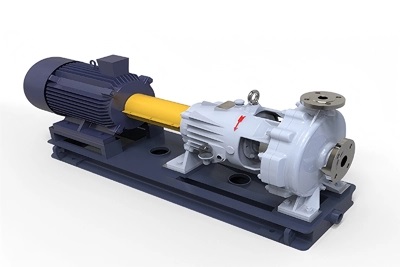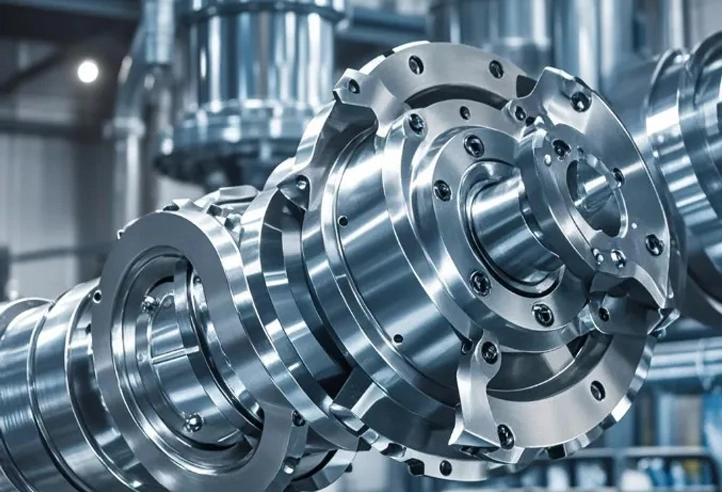In liquid delivery equipment, single-stage end-suction centrifugal pumps are widely used across various industries due to their simple structure and ease of maintenance, especially in petrochemicals, sewage treatment, and water pump systems. Choosing the appropriate type and material for the mechanical seal is crucial for enhancing the pump's performance, extending its service life, and ensuring the safety of single-stage end-suction centrifugal pumps in long-term operation. The primary function of the mechanical seal is to prevent liquid leakage and protect the internal components of the pump from wear or corrosion.
This article focuses on how to reasonably select the type and material of mechanical seals based on the pump's pressure conditions under different working conditions, with the goal of maximizing the efficiency and safety of single-stage end-suction centrifugal pumps. By understanding the applicable range and characteristics of different mechanical seals, users can make precise selections based on actual working conditions, reduce the risk of failure, and ensure stable operation of the equipment.

The MG1 series is the most commonly used mechanical seal. The corrugated rubber tube cannot withstand torsional stress. It is intricately designed and features multiple functions, such as pushing the rotating ring, serving as a secondary seal, and acting as the driving component of the rotating ring. The rotating ring is driven through the L-ring and the spring without bonding. The rotating ring can be replaced with various materials. It can be used in wastewater containing particles and sewage.
For pumps with an inlet pressure P1<0.4MPA, non-balanced MG1 mechanical seals can be used
For pumps with an inlet pressure 0.4MPA≤P1<1.2MPA, non-balanced M37G mechanical seals can be used
For pumps with an inlet pressure 1.2MPA≤P1<1.6MPA, non-balanced M7N mechanical seals can be used
For pumps with an inlet pressure 1.6MPA≤P1<2.5MPA, balanced H7N mechanical seals can be used
For clear water with a temperature ≤80 degrees, the material for the dynamic and static rings of the mechanical seal can be graphite to silicon carbide (the specific material for the dynamic and static rings depends on the structure of the static ring). The material for auxiliary seals is EPDM rubber. The material for the spring is 304 stainless steel. The standard configuration is MG1.
For clear water with a temperature >80 but<120 degrees, the material for the dynamic and static rings of the mechanical seal can be graphite to silicon carbide (the specific material for the dynamic and static rings depends on the structure of the static ring). The material for auxiliary seals is fluorine rubber. The material for the spring is 316Ti stainless steel. The standard configuration is M37G.
For media such as light diesel oil and kerosene, the material for the dynamic and static rings of the mechanical seal can be graphite to silicon carbide (the specific material for the dynamic and static rings depends on the structure of the static ring). The material for auxiliary seals is fluorine rubber. The material for the spring is 304 or 316Ti stainless steel. The standard configurations are MG1 and M37G.
For media containing solid insoluble substances with a particle diameter<0.2mm, the material for the dynamic and static rings of the mechanical seal is tungsten carbide to tungsten carbide.
In summary, the pressure-bearing capacity of a single stage end suction centrifugal pump is the inlet pressure plus the head. Reasonable selection based on the pressure-bearing capacity of the pump greatly increases the pump's service life, reduces many safety hazards, and minimizes the occurrence of water leakage. For some conditions within the pump's pressure-bearing range, the above summary can be referenced. For conditions outside the pump's pressure-bearing range or if unsure, selection can be made with the assistance of technical support from the market department or by consulting the design office of the technical center.
